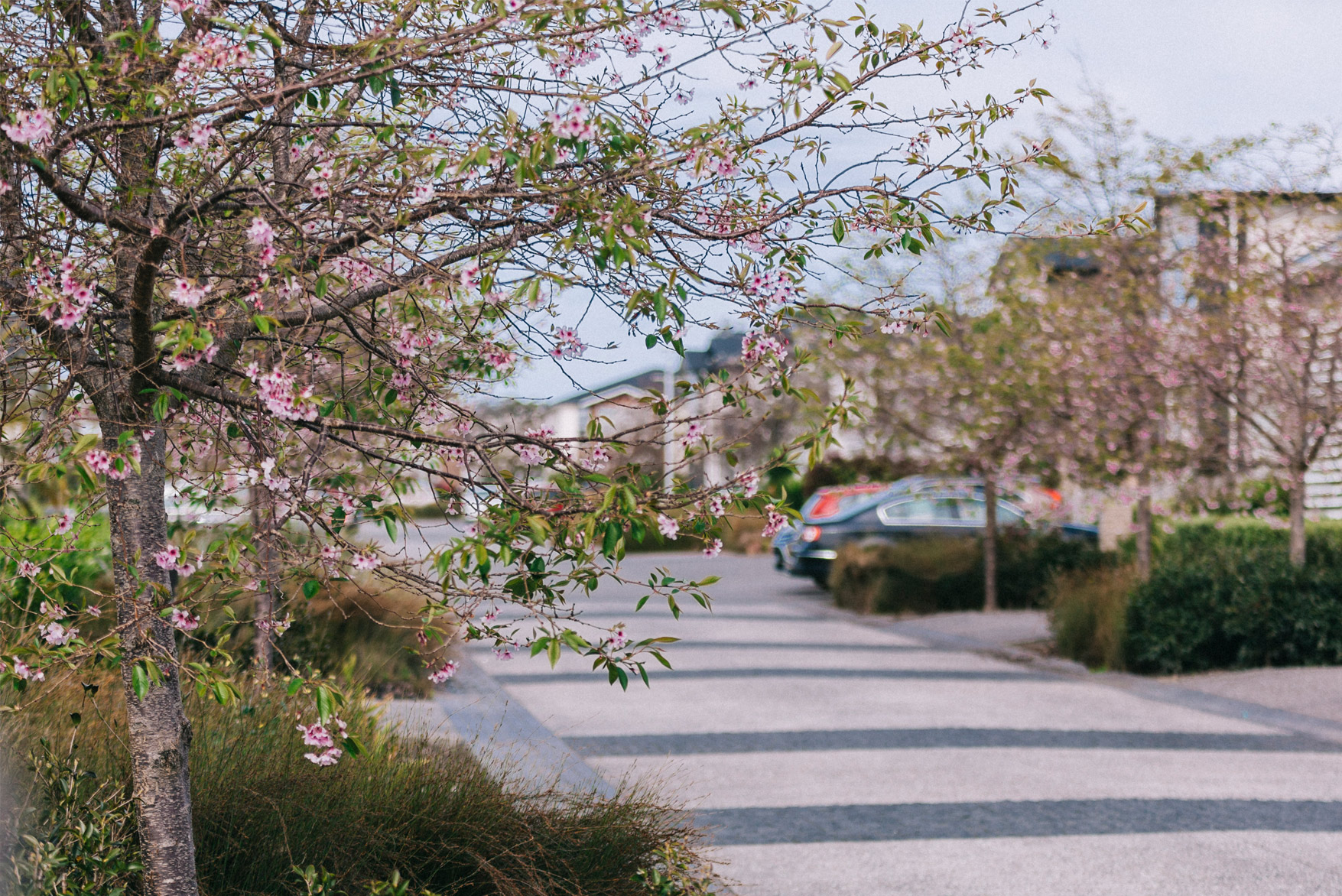An award-winning development informed by ecology and sustainability.
The Long Bay residential development on Auckland’s North Shore is a new urban centre being developed by the Todd Property Group. We are responsible for master planning and detailed design for all landscape components and ecological opportunities within the Long Bay subdivision. The following initiatives have been incorporated into the design:
- ecological stream and wetland restoration adjacent to high density urban environments
- open space design within floodplains, stream corridors, and steep slope areas
- numerous wetlands for stormwater management and ecological enhancement, including forested, tidal and engineered wetlands
- detailed design of streetscape and public open space networks to connect communities through safe and pleasant pedestrian routes
- creative use of native planting within wetlands, parks and streetscapes.





